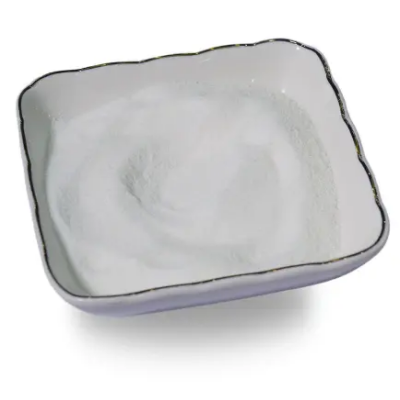2-Chloroethylaminehydrochloride CAS:870-24-6
2-Chloroethylamine hydrochloride has various significant applications in the fields of chemistry, pharmacology, and biotechnology. One of its primary uses is as an alkylating agent in the synthesis of pharmaceutical intermediates and biologically active compounds. By introducing the 2-chloroethylamine group into molecules, chemists can modify their properties and enhance their biological activities for medicinal purposes. In addition to its role in drug development, 2-Chloroethylamine hydrochloride is utilized in cancer research and chemotherapy as a precursor for nitrogen mustards. These alkylating agents are critical components of certain chemotherapy regimens for treating various types of cancers. By exploiting the alkylating properties of 2-Chloroethylamine hydrochloride, researchers aim to disrupt cell division and induce apoptosis in cancer cells, ultimately inhibiting tumor growth and metastasis. Furthermore, this compound is employed in biochemical studies to investigate alkylation reactions, DNA damage mechanisms, and protein modifications. Scientists use 2-Chloroethylamine hydrochloride as a tool to understand the molecular consequences of alkylating agents on biomolecules and cellular processes, shedding light on the mechanisms of action of anticancer drugs and potential targets for therapeutic intervention. Moreover, 2-Chloroethylamine hydrochloride serves as a valuable reagent in organic transformations, including the synthesis of heterocyclic compounds, amino derivatives, and functionalized molecules. Its versatile reactivity and selective alkylation capability enable chemists to access diverse chemical structures with specific properties and applications in pharmaceuticals, materials science, and chemical biology. Overall, 2-Chloroethylamine hydrochloride plays a crucial role in drug discovery, cancer treatment, chemical synthesis, and biochemical research, showcasing its versatility and significance in advancing scientific knowledge, medical therapies, and chemical innovations. Its alkylating properties and molecular interactions offer valuable insights into designing novel compounds, understanding disease mechanisms, and developing targeted approaches for addressing complex biomedical challenges.






| Composition | C2H6Cl2N·HCl |
| Assay | 99% |
| Appearance | white powder |
| CAS No. | 870-24-6 |
| Packing | Small and bulk |
| Shelf Life | 2 years |
| Storage | Store in cool and dry area |
| Certification | ISO. |


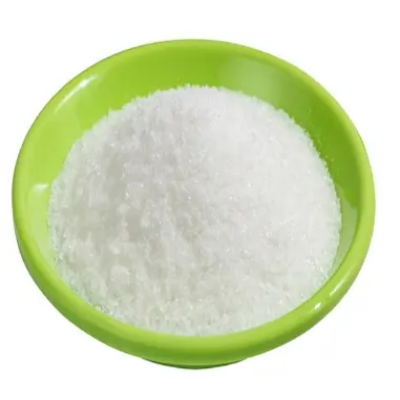
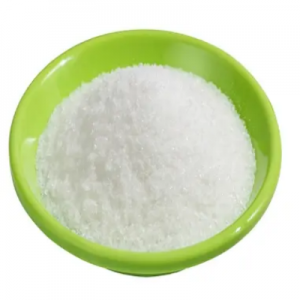
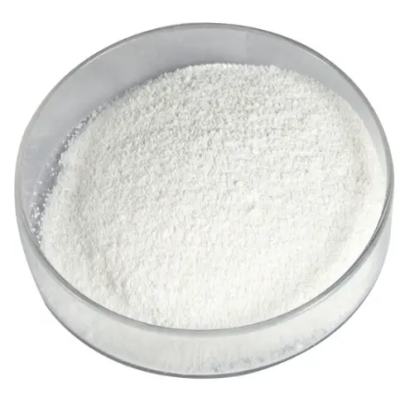
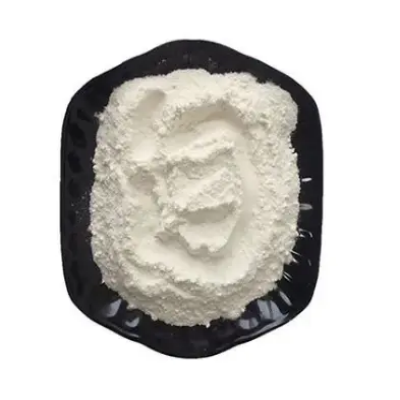
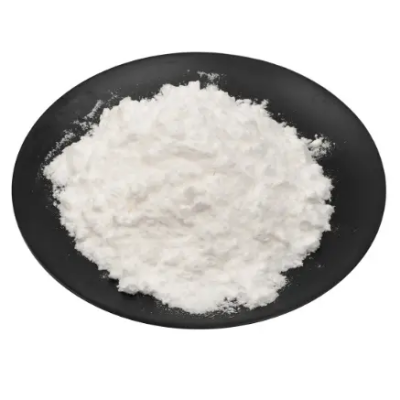
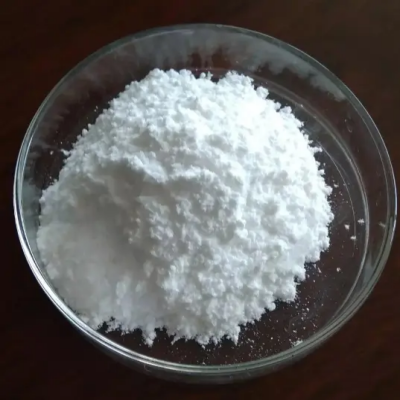
![tert-Butyl 8-hydroxy-5-azaspiro[2.5]octane-5-carboxylate CAS:955028-95-2](https://cdn.globalso.com/xindaobiotech/314.jpg)
